How do stem cells decide their fate? A Game-Changer Discovery in Cancer Research
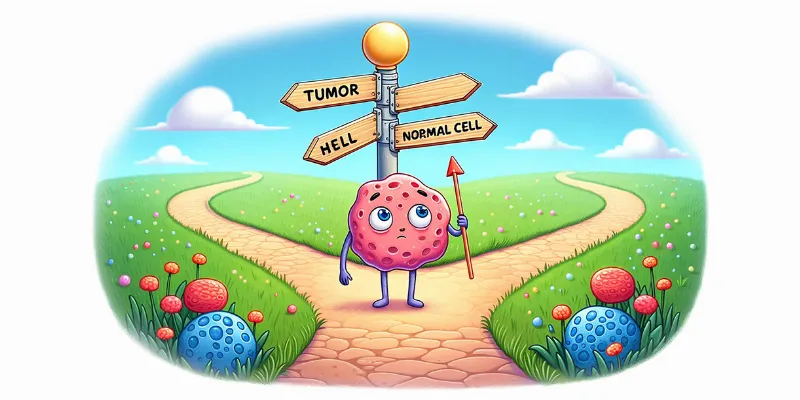

New Discovery |
27 November 2023
In a groundbreaking study published in Science Advances, researchers have shed light on a crucial question in medical science: How do stem cells decide their fate? Scientists have discovered the crucial role of the gene Daam1 in stem cell differentiation in the intestines. This discovery has profound implications for our understanding of stem cell behavior and cancer research.
The research, spearheaded by the group of scientists led by Bon-Kyoung Koo at IMBA and the Institute for Basic Science (IBS), has made a significant discovery regarding stem cell fate determination. This revelation has profound implications for our understanding of stem cell behavior, tissue repair processes, and cancer research, offering new insights into these critical areas of medical science.
The pivotal role of gene Daam1
As the human body functions akin to a well-maintained machine requiring regular checks and repairs, stem cells are the biological equivalent of maintenance crews, renewing damaged or dead cells within specific organs. The complexity lies in how these tissue-specific adult stem cells determine which cell type they should become, a question that remained enigmatic until now.
How do tissue-specific stem cells know which cell type to give rise to?
Gabriele Colozza, a postdoctoral researcher in the lab of Bon-Kyoung Koo at IMBA and a director at the Center for Genome Engineering at IBS, decided to investigate this question using intestinal stem cells. He pointed out,
“In our intestines, cells are exposed to extreme conditions. Mechanical wear and tear, but also digestive enzymes and varying pH values all affect intestinal cells. In turn, stem cells in the intestine’s mucosa differentiate to form new intestinal cells. Damaged cells have to be replaced, but it is a delicate balance between stem cell renewal and differentiation into other cell types.”
Using intestinal organoids - miniaturized and simplified versions of the intestine produced in vitro - the researchers delved into the mechanisms governing stem cell differentiation. They discovered that Daam1 plays a crucial role in activating the protein Rnf43, a known regulator of the Wnt signaling pathway. This pathway is critical for stem cell renewal and differentiation. However, if left unchecked, an overactive Wnt pathway can lead to excessive cell division and, ultimately, tumor formation.
The study revealed that without Daam1, Rnf43 cannot effectively dampen Wnt signaling, leading to uncontrolled cell proliferation. Intriguingly, when Daam1 or Rnf43 were knocked out in organoids, they developed tumor-like structures. However, this effect varied in live mouse tissue. The absence of Rnf43 resulted in tumor growth, as expected, but the absence of Daam1 did not lead to tumor formation. This discrepancy was explained by the presence or absence of Paneth cells, a type of secretory cell that secretes growth factors like Wnt.
This link between the molecular results and Paneth cells
“In organoid culture, we scientists provide growth factors, so the knockout of both Rnf43 and Daam1 lead to tumor-like organoids. But in the intestine, there is no little scientist providing growth factors. Instead, Paneth cells provide growth factors, like Wnt, and create the right conditions for stem cells to survive and divide. When Paneth cells are lacking – such as when Daam1 is not active to drive cells into becoming Paneth cells – stem cells will not divide much. But when there are too many Paneth cells – such as in intestines lacking Rnf43 – the excessive growth factors can contribute to the formation of tumors,” Colozza said.
The study's revelations extend beyond the specific mechanisms of stem cell differentiation. They offer insights into the dynamic interaction between stem cells and their surrounding microenvironment, or niche. Tumor cells, for instance, can modify their niche to create conditions favorable for their growth.
This research opens new avenues in cancer research, offering a deeper understanding of how tumors might manipulate their environment to thrive. It also underscores the importance of the non-canonical Wnt pathway, of which Daam1 is a member, in stem cell differentiation and tumor formation.
Abstract of the research
Intestinal Paneth cell differentiation relies on asymmetric regulation of Wnt signaling by Daam1/2
Abstract: The mammalian intestine is one of the most rapidly self-renewing tissues, driven by stem cells residing at the crypt bottom. Paneth cells form a major element of the niche microenvironment providing various growth factors to orchestrate intestinal stem cell homeostasis, such as Wnt3. Different Wnt ligands can selectively activate β-catenin–dependent (canonical) or –independent (noncanonical) signaling. Here, we report that the Dishevelled-associated activator of morphogenesis 1 (Daam1) and its paralogue Daam2 asymmetrically regulate canonical and noncanonical Wnt (Wnt/PCP) signaling. Daam1/2 interacts with the Wnt inhibitor RNF43, and Daam1/2 double knockout stimulates canonical Wnt signaling by preventing RNF43-dependent degradation of the Wnt receptor, Frizzled (Fzd). Single-cell RNA sequencing analysis revealed that Paneth cell differentiation is impaired by Daam1/2 depletion because of defective Wnt/PCP signaling. Together, we identified Daam1/2 as an unexpected hub molecule coordinating both canonical and noncanonical Wnt, which is fundamental for specifying an adequate number of Paneth cells.


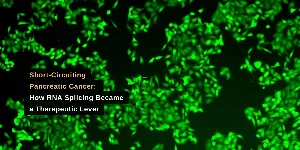

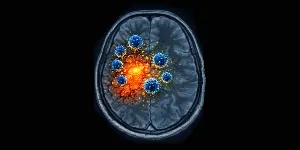
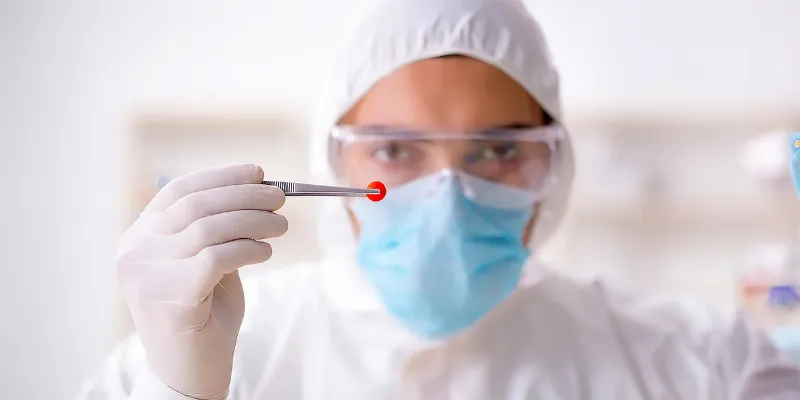
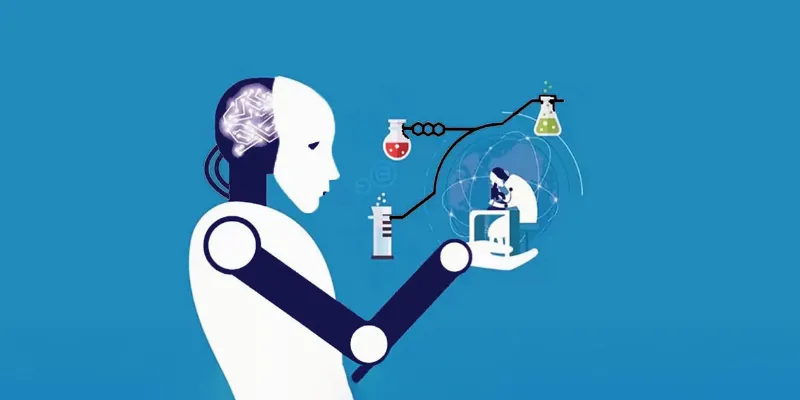
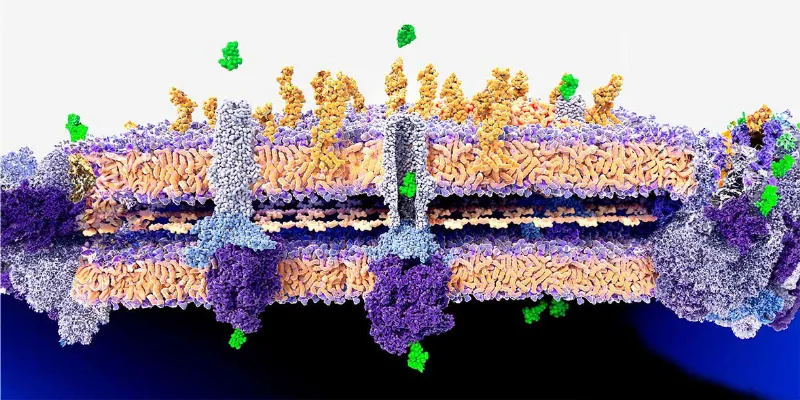
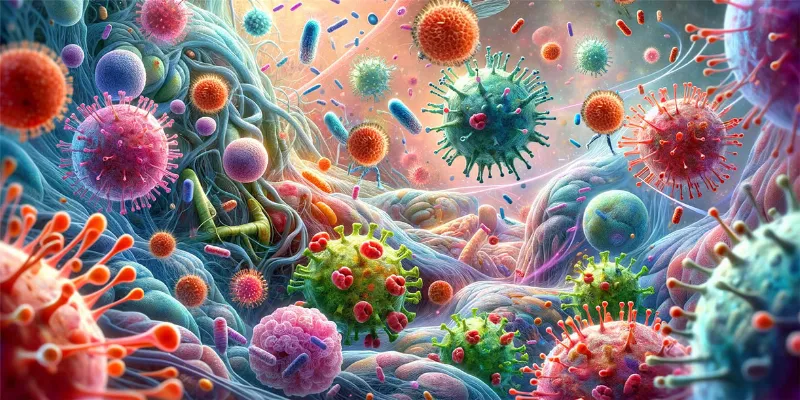
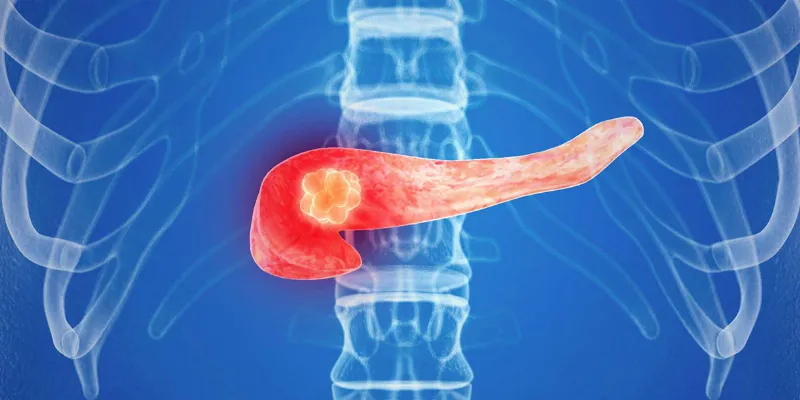

Comments
No Comments Yet!